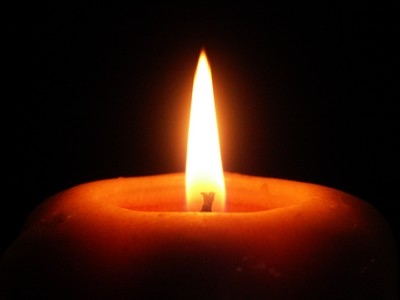Sh’loshim
The first 30 days after the burial, including shiva, comprise the stage of Jewish mourning called sh’loshim. Traditionally, the end of the 30 days ended the mourning period for anyone but one’s parents. Today, many people mourn a sibling, spouse, or child for the 11-month period traditionally reserved for parents.
Sh’loshim is traditionally less restrictive than shiva. During sh’loshim, a mourner does not attend social gatherings or festivities. Those who had daily prayers at their home during shiva may now say Kaddish daily in a synagogue. Some do not shave or cut their hair during this time.
For those who sat shiva in a community other than their own (such as where the deceased lived), some mourners choose to have a service at their own home, where Kaddish is said, to mark the end of the sh’loshim period. This allows them to mourn within their own community.
Like shiva, the duration of the sh’loshim period is affected by the Jewish holidays. A rabbi or funeral director can help determine the actual length of sh’loshim if it falls during a holiday.

